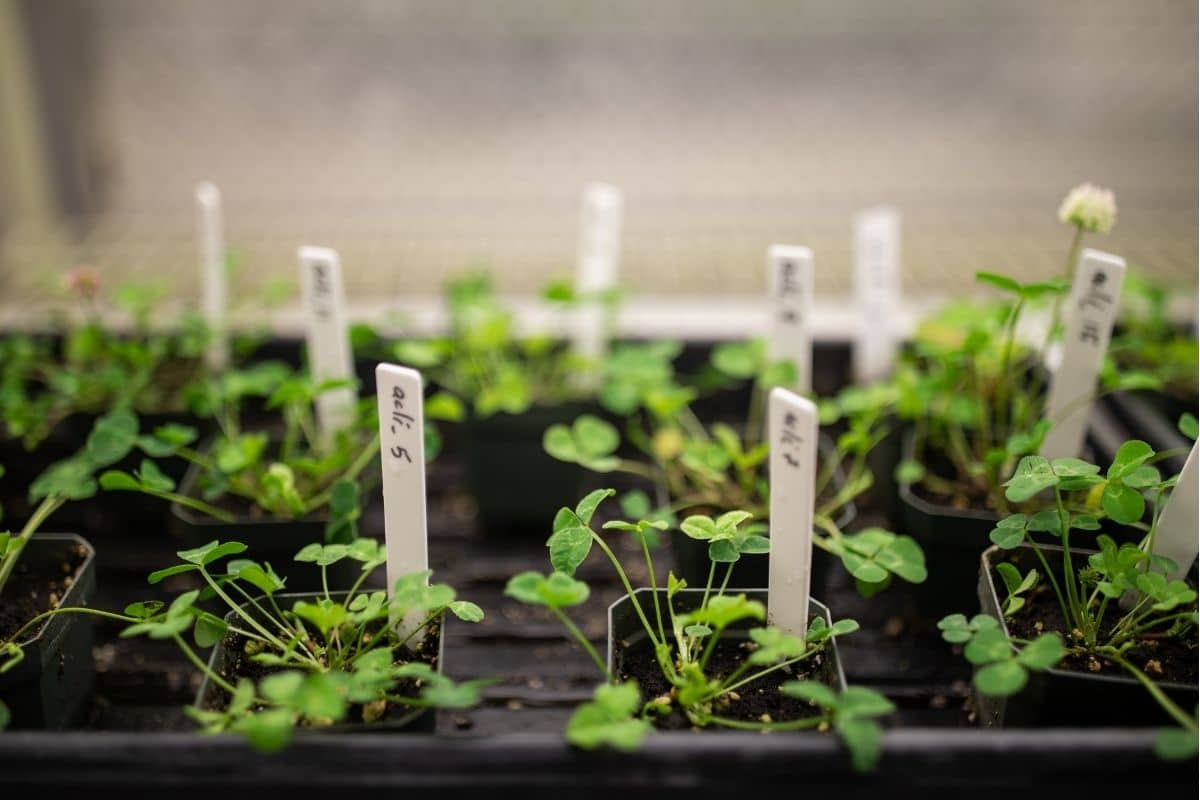

It proves once again that humans – and the environments they create – can be a driving force behind the evolution of other species.
The white clover is a well-known plant that occurs frequently in grasslands, on lawns and on roadsides. And not just in the Netherlands. It is one of the few organisms that can be found in almost every city on Earth. In a new study researchers therefore decided to subject this cute little white flower to a closer inspection. Because white clover grows almost everywhere, it can provide insight into how urban environments influence evolution.
Towns
It is known that people radically change the natural landscape. And not least because of the construction and expansion of cities. “Urbanization is increasingly transforming rural and natural environments into ecosystems that Earth’s biodiversity has never experienced before,” the researchers write. “And these changes in turn alter the evolution of life.” In short, this means that urban development can lead to new ecosystems. And that in turn can ensure the rapid evolution of a wide range of organisms. A growing body of research shows that urbanization influences several evolutionary processes.
Study
To find out more, researchers decided in a new study to study the white clover, which grows in many different cities. In total, the team sampled 110,019 white clovers from 160 cities in 26 different countries.
Discovery
It leads to an interesting discovery. Because the researchers found the clearest evidence yet that humans in general, and cities in particular, can be the driving force behind the evolution of other species. It appears, for example, that white clover evolves slightly differently in cities than outside it. “We’ve known for a long time that we are drastically changing the environment and ecosystems,” said study researcher James Santangelo. “But we just showed that this is happening on a global scale, often in similar ways.”
Comparable
First of all, the researchers show that the environmental conditions in cities are more similar than the nearby rural areas. This means that downtown Toronto is in many ways more like downtown Tokyo than the countryside and forests outside the city.
Production of hydrogen cyanide
Subsequently, white clover appears to undergo almost the same transformation in different cities. White clover produces hydrogen cyanide, a substance that deters herbivores and at the same time ensures that the plant can do without water better. However, the research team found that white clover that grows in cities tends to produce less hydrogen cyanide than those that grow outside of the city in adjacent rural areas.
Evolution
In short, because there are fewer predators in the city and there is less drought, the flower has evolved and therefore produces less hydrogen cyanide in urban environments. It means that white clover has adapted to the city and therefore behaves differently from its rural counterparts. And that goes for white clovers in many of the cities studied, despite the different climates, the researchers say.
The findings show that urbanization leads to adaptation on a global scale. “Cities are places where people live,” says researcher Rob Ness. “And we now have the most compelling evidence yet that we are changing the evolution of life around us.” So now that we know that humans are the driving force behind urban evolution, we can use this knowledge to devise ways to conserve rare or vulnerable species, the researchers say. “In addition, it may also help us better understand how to prevent unwanted pests and diseases from adapting to human environments,” said study researcher Marc Johnson.
Source material:
†New, clearest evidence yet that humans are a dominant force driving evolution– University of Toronto (via EurekAlert)
Image at the top of this article: Nick Iwanyshyn